Consider the architects who designed the buildings where University of Virginia law students have labored mightily during the past 200 years:
Thomas Jefferson, who designed the Academical Village itself, as well as the Capitol in Richmond: The School of Law got its start in Pavilion III on the Lawn, because its professor lived upstairs and taught classes below. The school later moved to Pavilion X.
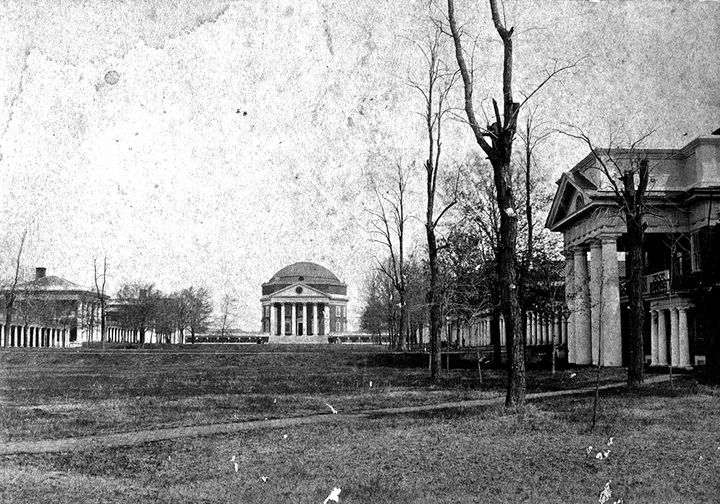
Foreground: Pavilion X; Background: The Rotunda; Architect: Thomas Jefferson
John Kevan Peebles, who created two new wings for Jefferson’s State Capitol in 1905: He designed Minor Hall for the School of Law in 1911, and headed the committee that built Clark Memorial Hall in 1932.
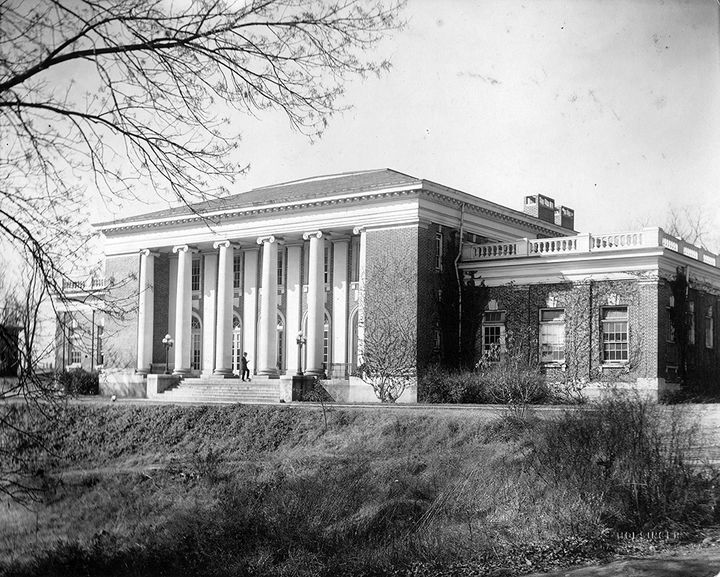
Minor Hall, University of Virginia School of Law; Architect: John Kevan Peebles
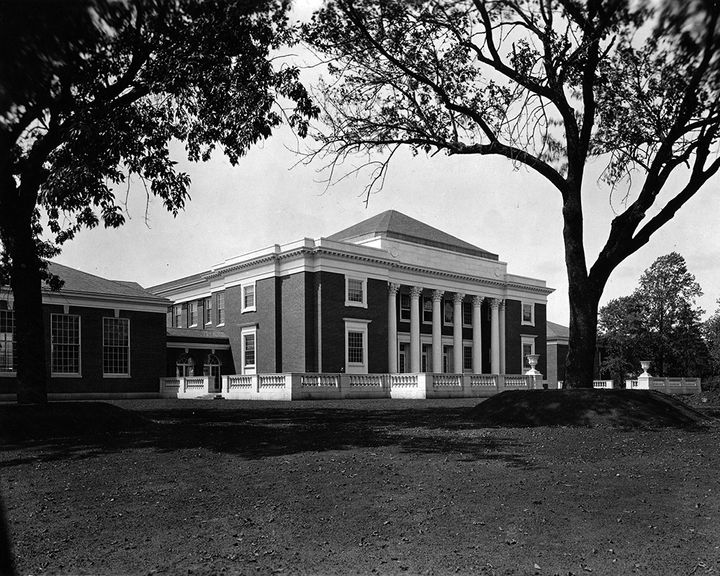
Clark Memorial Hall; John Kevan Peebles, Architecture Committee Chair
Hugh Stubbins, famous for the tower at CitiCorp Center in Manhattan: In 1976, he would design the School of Law, the Graduate School of Business Administration, and a master plan for the north grounds.
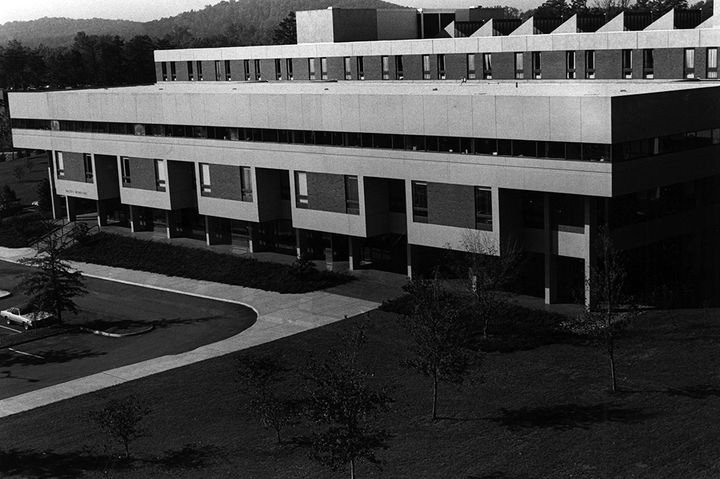
Brown Hall, University of Virginia School of Law; Architect: Hugh Stubbins
All are featured in a new book on the history of the School of Law, written by Philip Mills Herrington, who earned his Ph.D. in history at U.Va. and now teaches at James Madison.
In “The Law School at the University of Virginia,” he chronicles its evolution since 1817 through its architectural legacy. It was a school with many homes for many more years. “It moved like a pinball around the Lawn,” Herrington says.
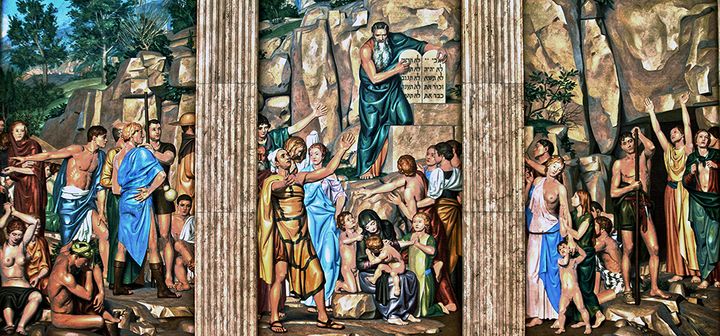
Mural, Minor Hall, University of Virginia School of Law; Artist: Allyn Cox

Mural, Minor Hall, University of Virginia School of Law; Artist: Allyn Cox
But Minor Hall at the turn of the 20th century gave it its first permanent home, followed by Clark Memorial Hall in the 1930s. By 1976, Stubbins was creating the north grounds for the school.
And anyone who’s waited patiently for a few hours on its lawn in anticipation of graduation ceremonies knows that the most successful law school building at U.Va. is Caplin Pavilion, designed by Ayers Saint Gross in 1997. It is a stunner in scale, proportion, and materials, and it unifies Stubbins’ plan while creating a diversion from the less appealing buildings that flank it.

Caplin Pavilion, University of Virginia School of Law; Architects: Ayers Saint Gross
“It recalls Monticello and the Lawn and Clark Hall from the 1930s,” he says. “The 1970s buildings are there but you don’t pay much attention to them because of the design of the central buildings.”
Herrington is a gifted writer and thorough researcher whose fluid prose style takes the reader on a fact-filled, action-packed journey through two centuries of legal and architectural history at Jefferson’s University, now celebrating its 200th anniversary.
It’s well-worth its Kindle price tag $49.95, or a hardcover at $32.95.For more, go here.
J. Michael Welton writes about architecture, art and design for national and international publications, and is architecture critic for The News & Observer in Raleigh, N.C. He edits a digital design magazine at www.architectsandartisans.com,, where portions of this column first appeared, and is the author of “Drawing from Practice: Architects and the Meaning of Freehand“ (Routledge: 2015). He can be reached at mike@architectsandartisans.com.